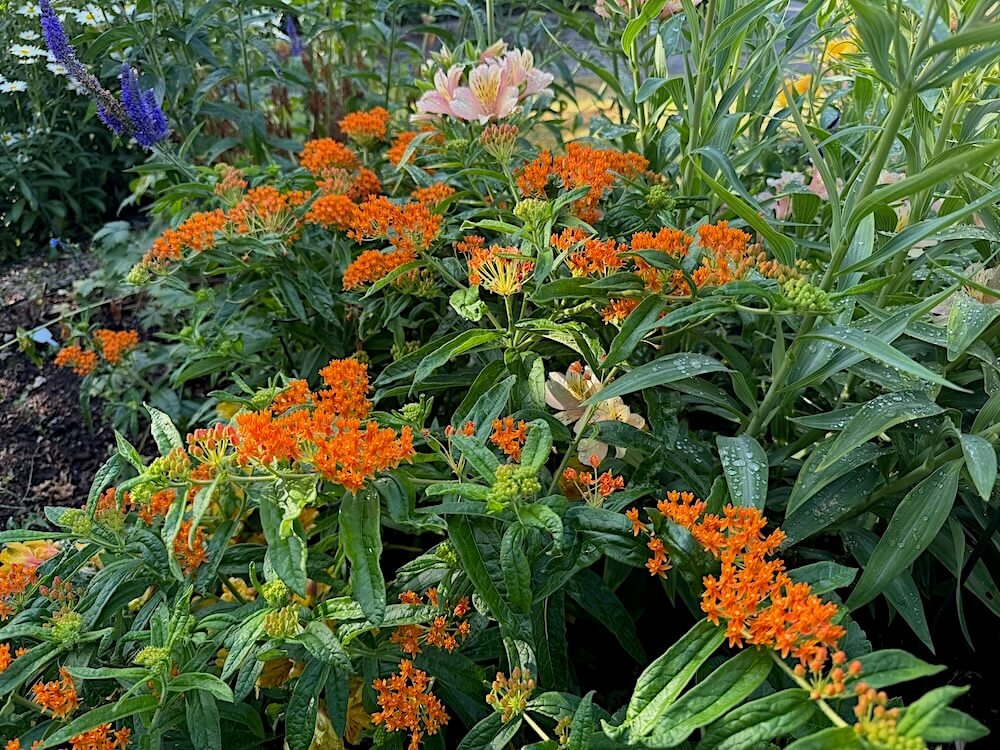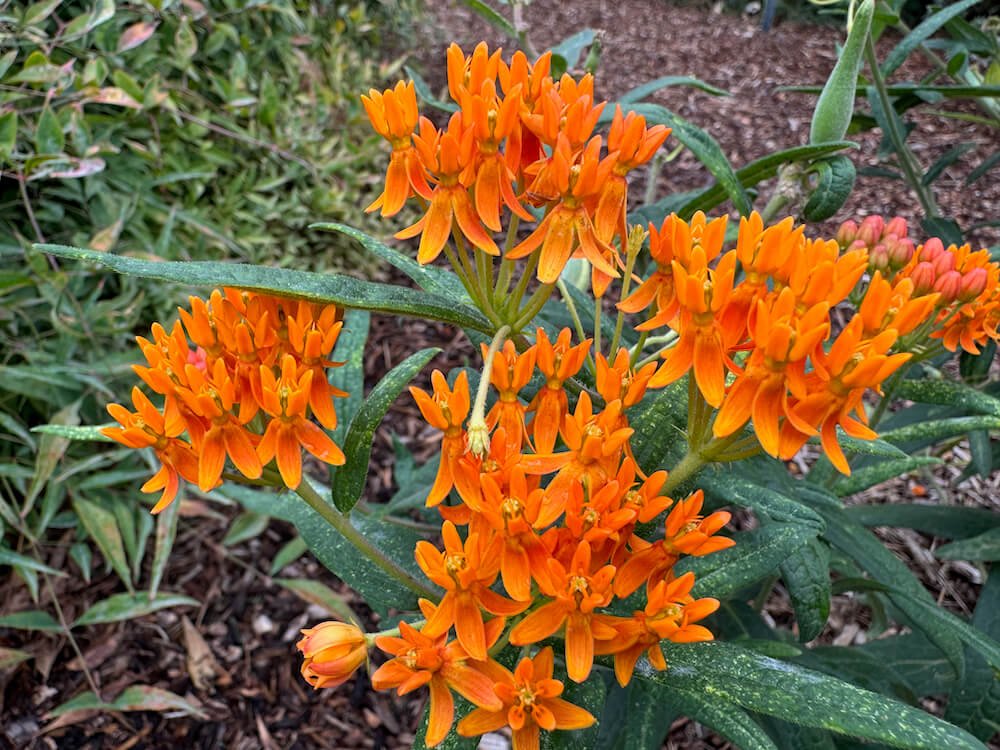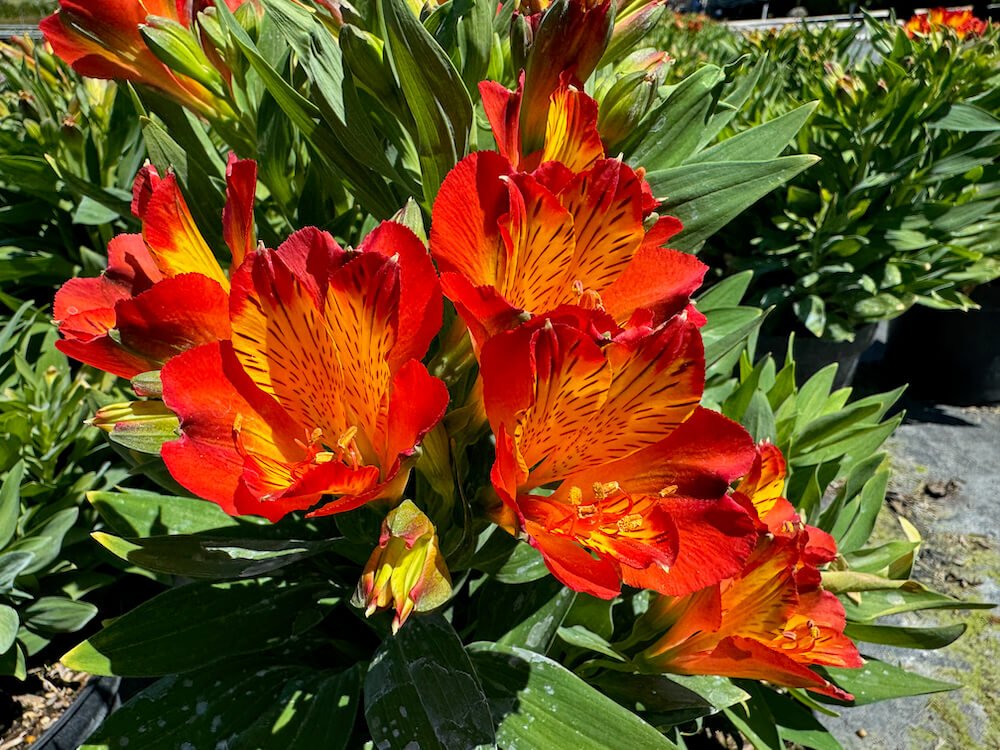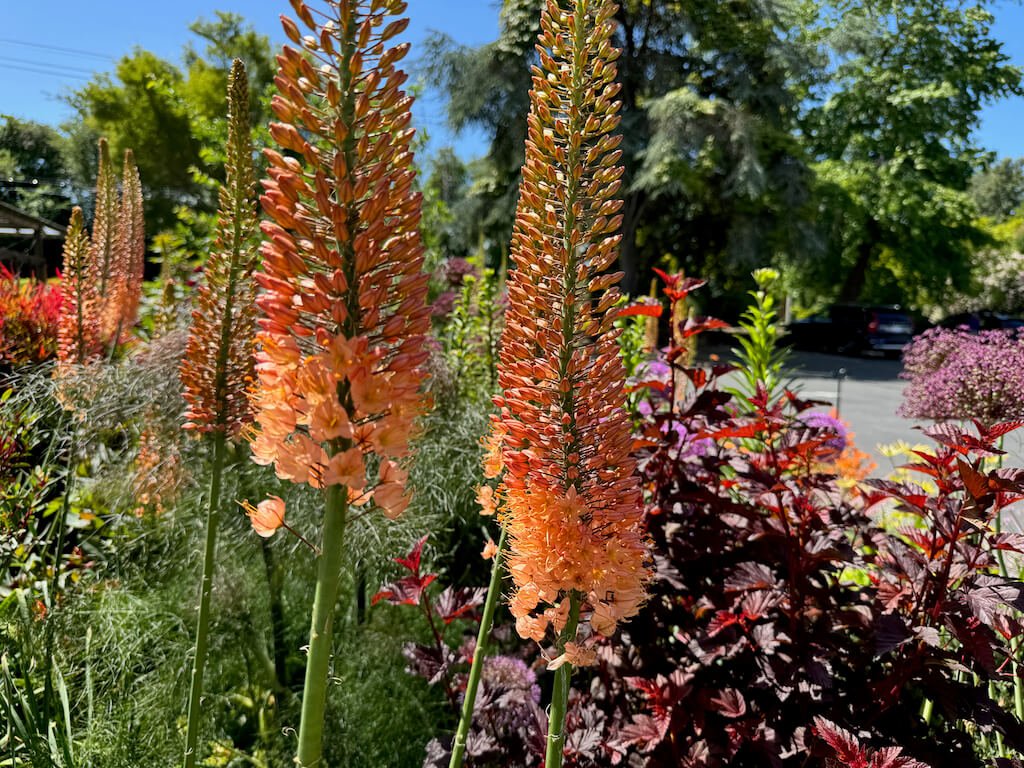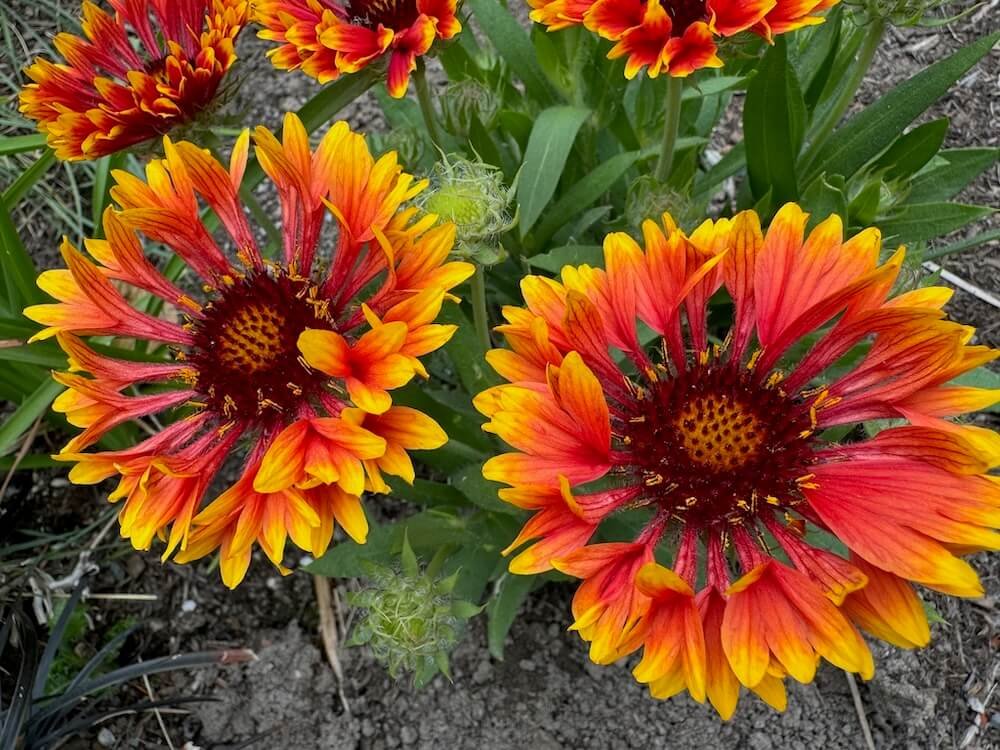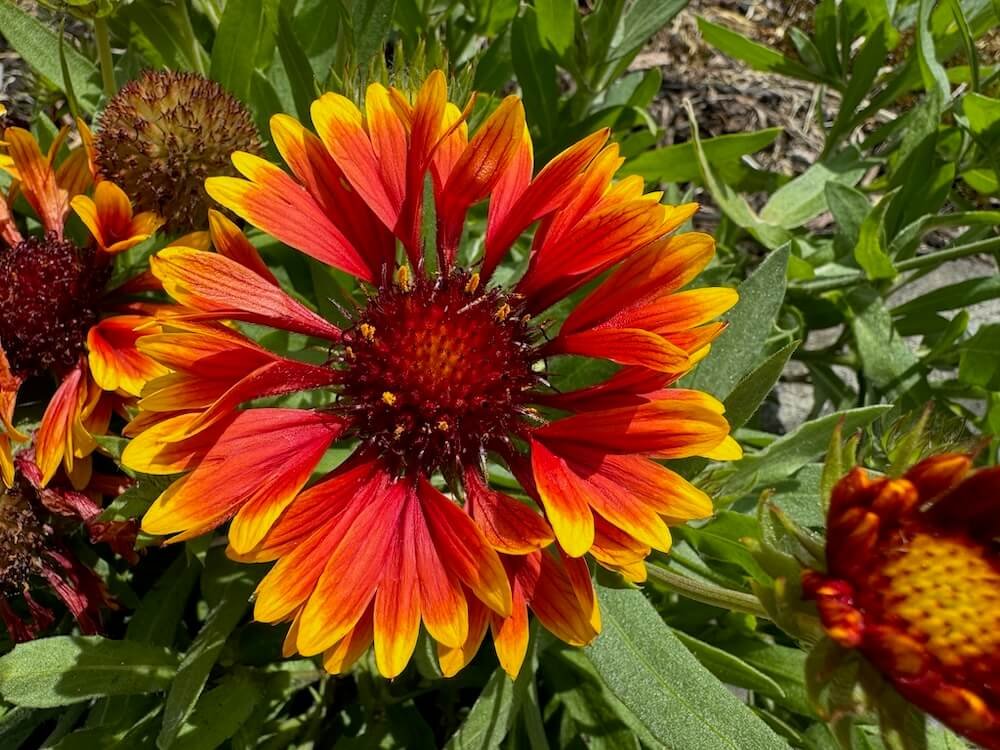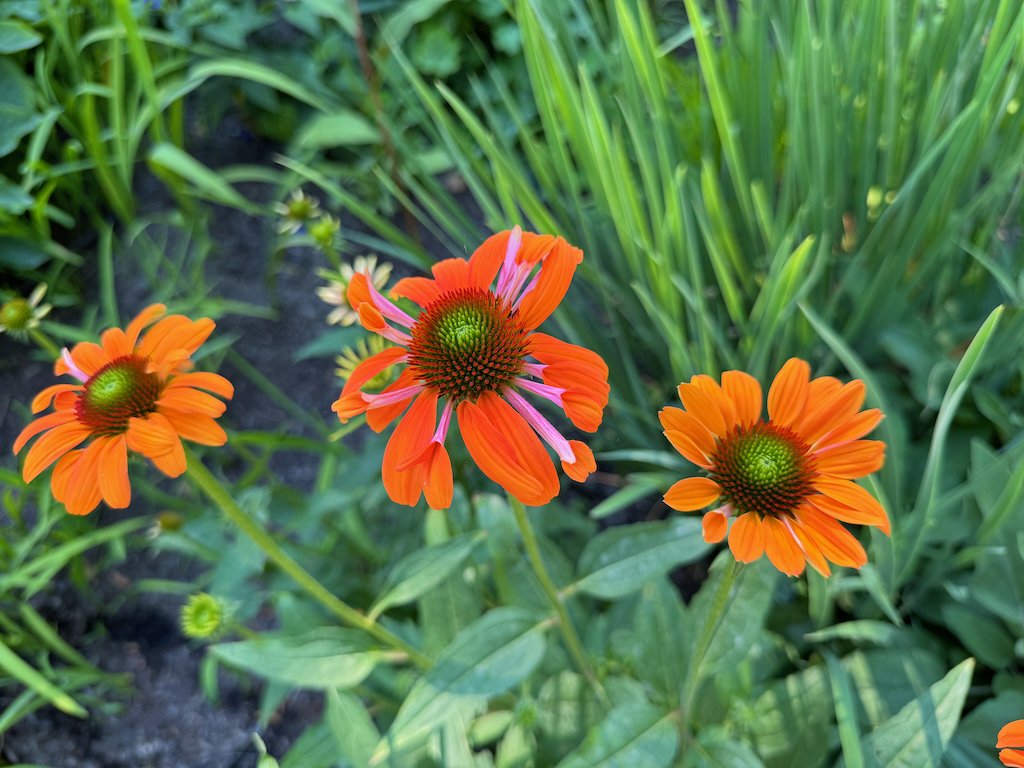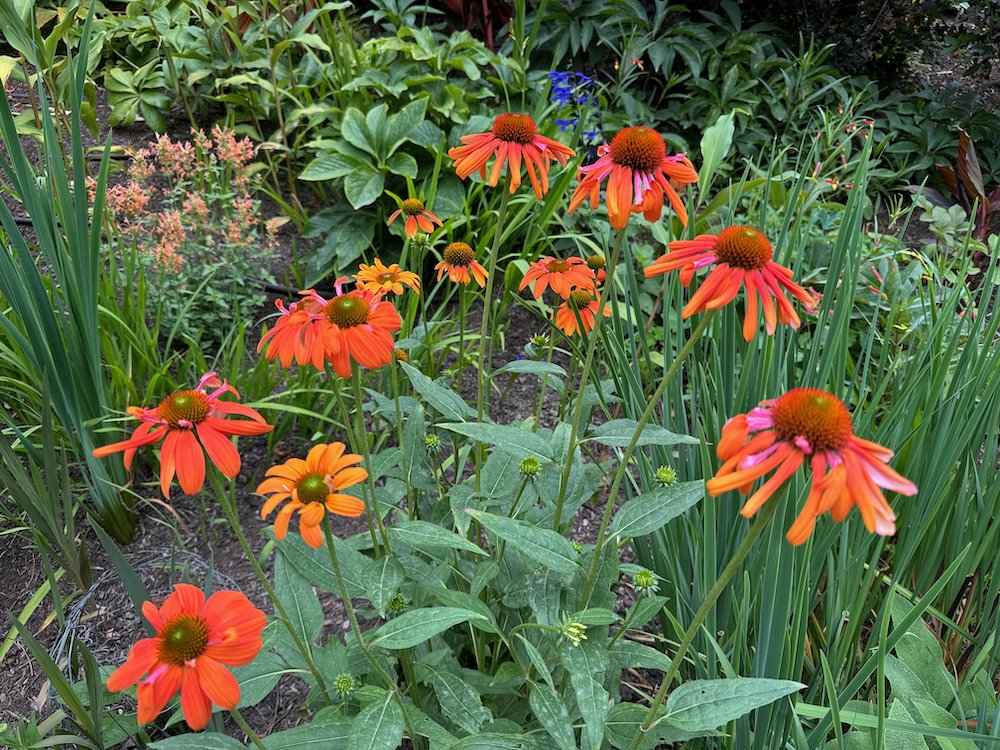DESCRIPTION
Asclepias tuberosa, commonly known as butterfly weed, is a vibrant perennial that produces clusters of bright orange to reddish-orange flowers during its blooming season, which extends from late spring through summer. The showy blooms are highly attractive to pollinators, particularly butterflies, making it a favorite for wildlife gardens. Its upright stems and lance-shaped leaves provide a handsome backdrop to the colorful flower heads.
Native to North America, Asclepias tuberosa thrives in open fields, prairies, and sunny meadows, reflecting its origins as a resilient wildflower. It is also known for its role in supporting monarch butterfly populations, as it serves as a host plant for their caterpillars. This plant’s adaptability and pollinator-friendly nature make it a cherished addition to naturalized and pollinator-focused landscapes.
DESCRIPTION
Asclepias tuberosa, commonly known as butterfly weed, is a vibrant perennial that produces clusters of bright orange to reddish-orange flowers during its blooming season, which extends from late spring through summer. The showy blooms are highly attractive to pollinators, particularly butterflies, making it a favorite for wildlife gardens. Its upright stems and lance-shaped leaves provide a handsome backdrop to the colorful flower heads.
Native to North America, Asclepias tuberosa thrives in open fields, prairies, and sunny meadows, reflecting its origins as a resilient wildflower. It is also known for its role in supporting monarch butterfly populations, as it serves as a host plant for their caterpillars. This plant’s adaptability and pollinator-friendly nature make it a cherished addition to naturalized and pollinator-focused landscapes.


